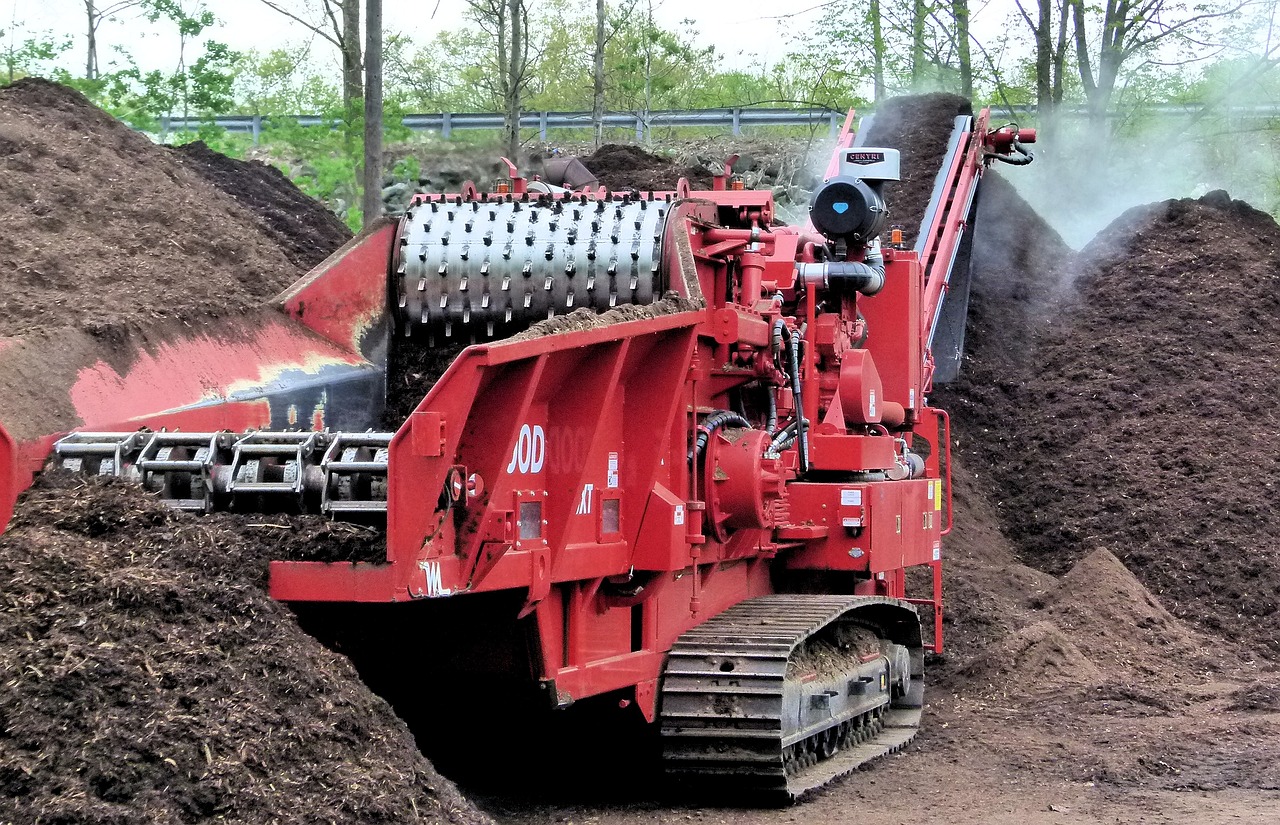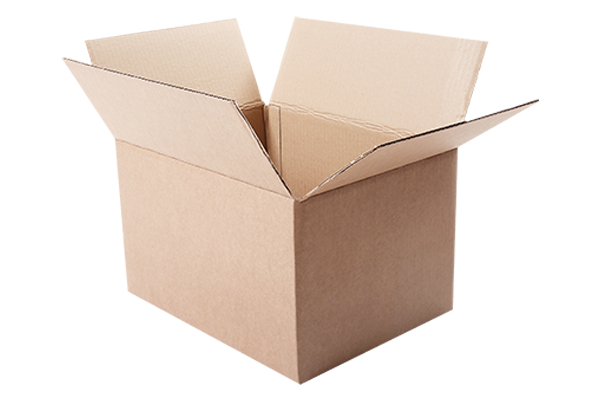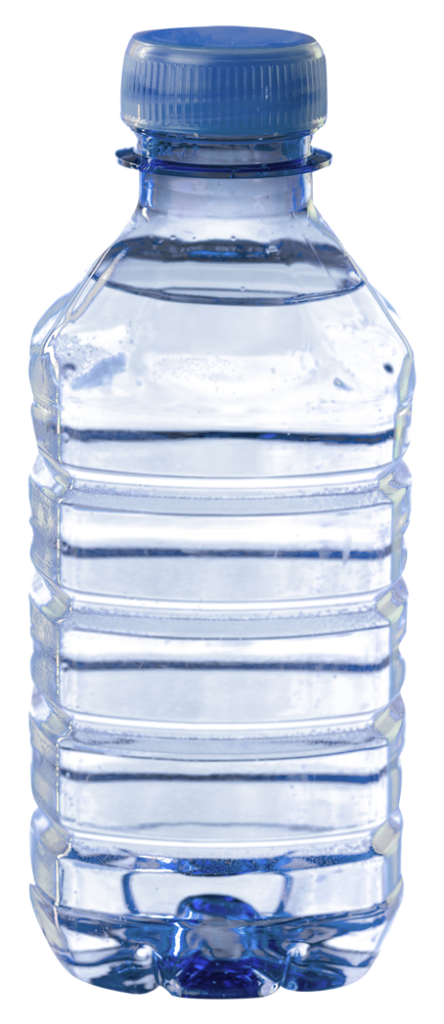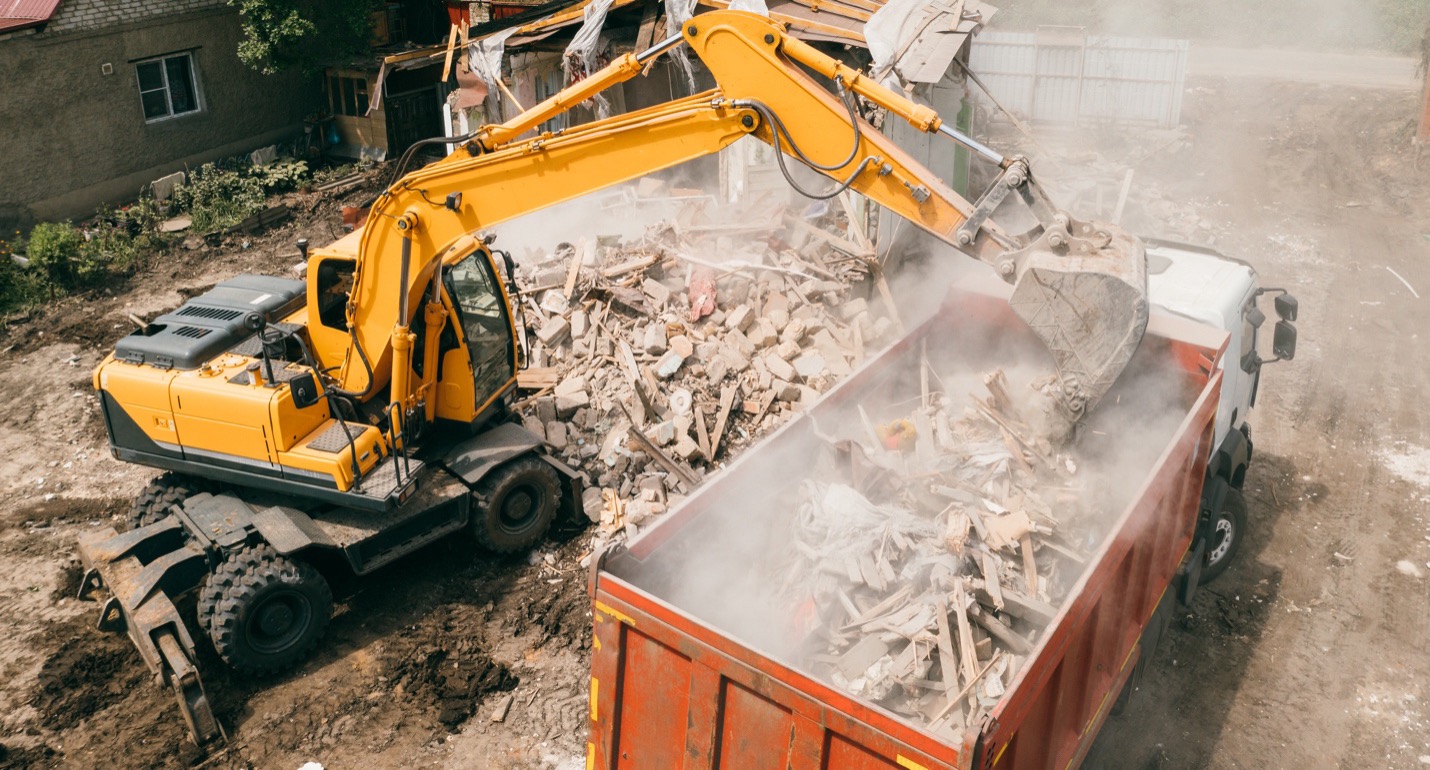BIODEGRADABLE OR RECYCLABLE

One of the most familiar forms of municipal solid waste (MSW) are t
he class of waste known as recyclable materials. A lot of communities have curbside pickup of items to be recycled, and often public waste bins are marked to allow separation of waste into recyclable and non-recyclable waste. Recyclable items are distinctive due to the fact that they are intended to be reprocessed into a form which is substantially the same as their original form. For example, beverage bottles become more bottles, paper is reconverted back into paper, and aluminum cans become more cans.
The major savings in recycling is that the energy required to manufacture product from the recycled material is much less than to manufacture the original part. Starting from material that has been processed once it generally takes only about 10% of the energy to process the original waste into a second, third or later generation version of the original. This substantially reduces the amount of greenhouse gas produced in the subsequent generations of the product. And in the case of aluminum and glass there is no degradation of the product in the process. Essentially these materials are infinitely recyclable. Furthermore, when previously used product is the starting point, less of the original raw material; be it trees, or metal ore can is consumed.
WHAT IS BIODEGRADABLE
Most people have a general idea of the term biodegradable. Loosely it is defined as encompassing material that is organic in nature and that will readily decompose due to contact with micro-organisms in the soil. These materials can easily re-assimilate into the natural environment generally without harming the environment. Consequently biodegradable substances are considered to be very desirable to complete an “organic food cycle”. As much as 30% of the content of a landfill often consists of food waste. Turning this food waste back into enriched soil suitable for growing more fruits and vegetables is a process called composting. Somewhat analogous to what happens with recycling, organic materials can be sorted into compostable and non-compostable parts and then the compostable portion can be “reconstituted” into a rich loamy soil suitable for planting more fruits, vegetables, flowers, trees, etc. Since plants store CO2 while they are growing, they release CO2 when they decompose. Unlike burning fossil fuels which add to the CO2 load in the atmosphere, plants are just recycling the CO2 which was already there.
Composting on an industrial scale
 A dedicated commercial composting facility is the best way for biodegradable content to be composted. Which begs the question as to what is allowed to enter a compost pile. Here’s a partial list: tree trimmings, dry leaves, food waste, eggshells, fruits, vegetables, coffee grounds, and food-soiled paper. Other, more surprising items that are fine for large scale commercial composting include untreated wood chips, sawdust, fireplace ashes, and shredded newspapers. Building up compost piles that effectively transform scraps into “brown gold” is a delicate matter balancing nitrogen and carbon, while maintaining the correct pH, moisture and making sure to turn the pile regularly to distribute moisture. It is also important to avoid the following additions to compost: dairy, bones, meat, cooked foods, produce stickers, glossy paper, treated wood, weeds, black walnut leaves, coal and coal ash, diseased plants and plants that have been chemically treated.
A dedicated commercial composting facility is the best way for biodegradable content to be composted. Which begs the question as to what is allowed to enter a compost pile. Here’s a partial list: tree trimmings, dry leaves, food waste, eggshells, fruits, vegetables, coffee grounds, and food-soiled paper. Other, more surprising items that are fine for large scale commercial composting include untreated wood chips, sawdust, fireplace ashes, and shredded newspapers. Building up compost piles that effectively transform scraps into “brown gold” is a delicate matter balancing nitrogen and carbon, while maintaining the correct pH, moisture and making sure to turn the pile regularly to distribute moisture. It is also important to avoid the following additions to compost: dairy, bones, meat, cooked foods, produce stickers, glossy paper, treated wood, weeds, black walnut leaves, coal and coal ash, diseased plants and plants that have been chemically treated.
Upsides and downsides to composting
Though there is a lot to like about composting; the transformation of waste food products back into the soil, and the reduction in need of landfill space, there are some caveats. Not all foods are easily transformed back into soil, hence the list of excluded items. Furthermore, biodegradable substances although generally desirable, are not a really well-defined class of product. It is possible that vegetables and fruits can absorb and concentrate certain pesticides. Not knowing the exact source of the raw materials going into the compost, there can be such undesirable items as motor oil, or heavy metals like arsenic and lead. The bottom line is that the term biodegradable, although clearly distinct from recyclable, is not well defined. Since the term biodegradable is not a controlled class of substance, you can’t be sure of what you are getting as a finished soil amendment that comes from biodegradable sources.
is better compost on the way?
There is an interesting development underway that could ultimately satisfy the desire to have a defined biodegrading process and control the processing unknowns. Both the US and European Union have developed guidelines to define a suitable organic breakdown process. Under the European EN13432 protocol and under ASTM D6400 or DD6868 more specific behaviors of material breakdown along with timelines and final state have been codified. The process is still a biodegradable process, although controlled at higher temperatures, but with a better definition of the steps and the timelines in the breakdown process. This has the added benefit that designers of packaging and other hard-to-recycle products may be able to bypass recycling in favor of composting instead. For now, in broad terms an industrial compostable material must behave under the following criteria.
- Compostable waste must be combined with existing bio-waste, which starts the disintegration process.
- Successful physical disintegration results in reduction of particle size and overall mass to 10% of its original value within three months.
- Decomposition follows as microbes consume the compostable material, producing water and CO2 as byproducts. This process should take no more than six months.
- There should be no adverse effects on the composting process itself.
- Any heavy metals should be below the mandated thresholds.
- The resulting compost should have no negative effect on plant growth.
No company has found the right combination yet that looks like a 100% suitable compostable packaging answer for the long term. But many different formulations are being developed. In the meantime, municipalities need to continue invested in using and improving our existing systems more diligently.
To learn more about Evergreen Recycling and their recycling and waste management programs visit their web site at: Evergreen Web Site
You can also reach out to them directly through this contact link: Contact Evergreen or give them a call at (817) 293-4400








